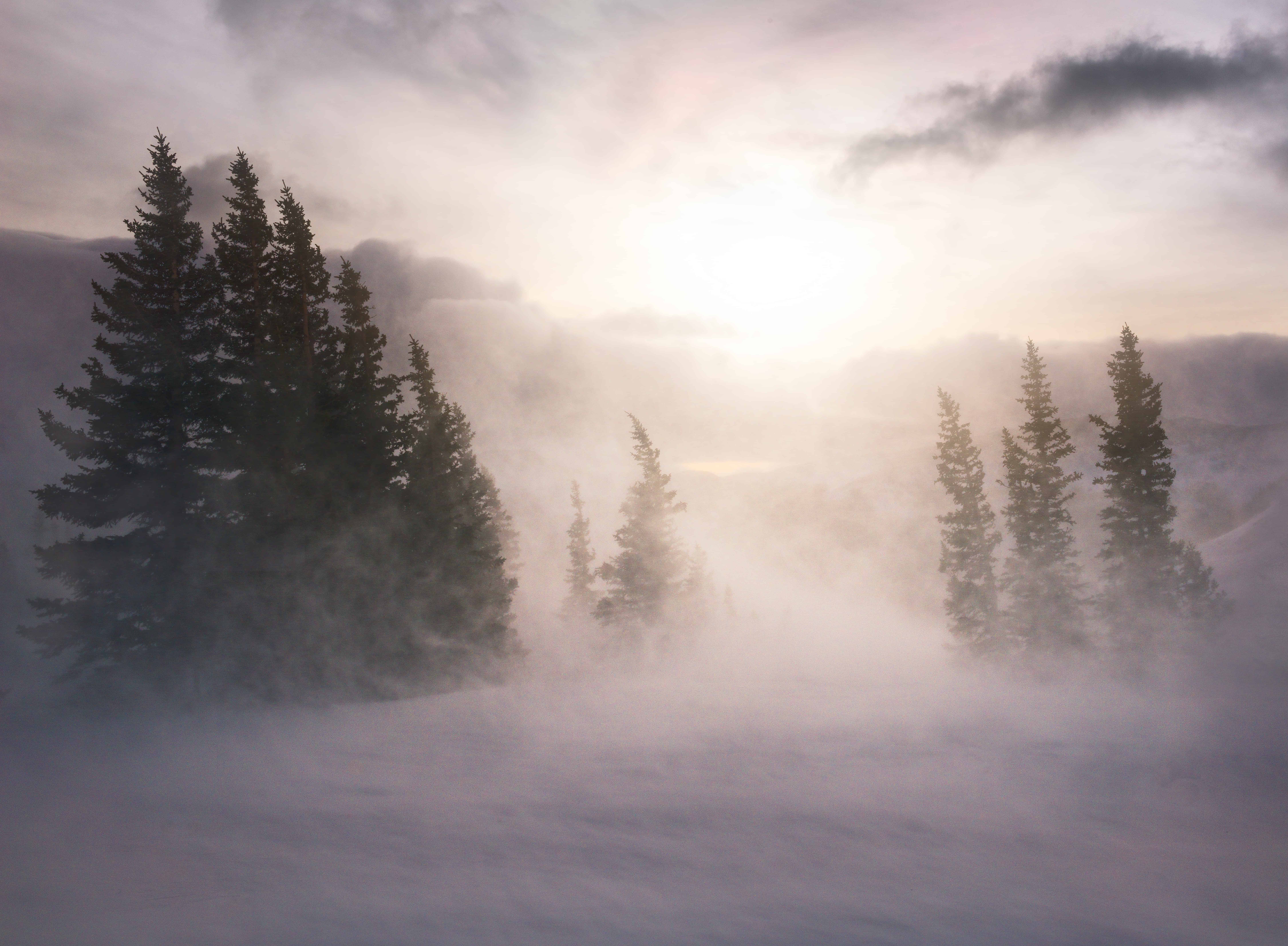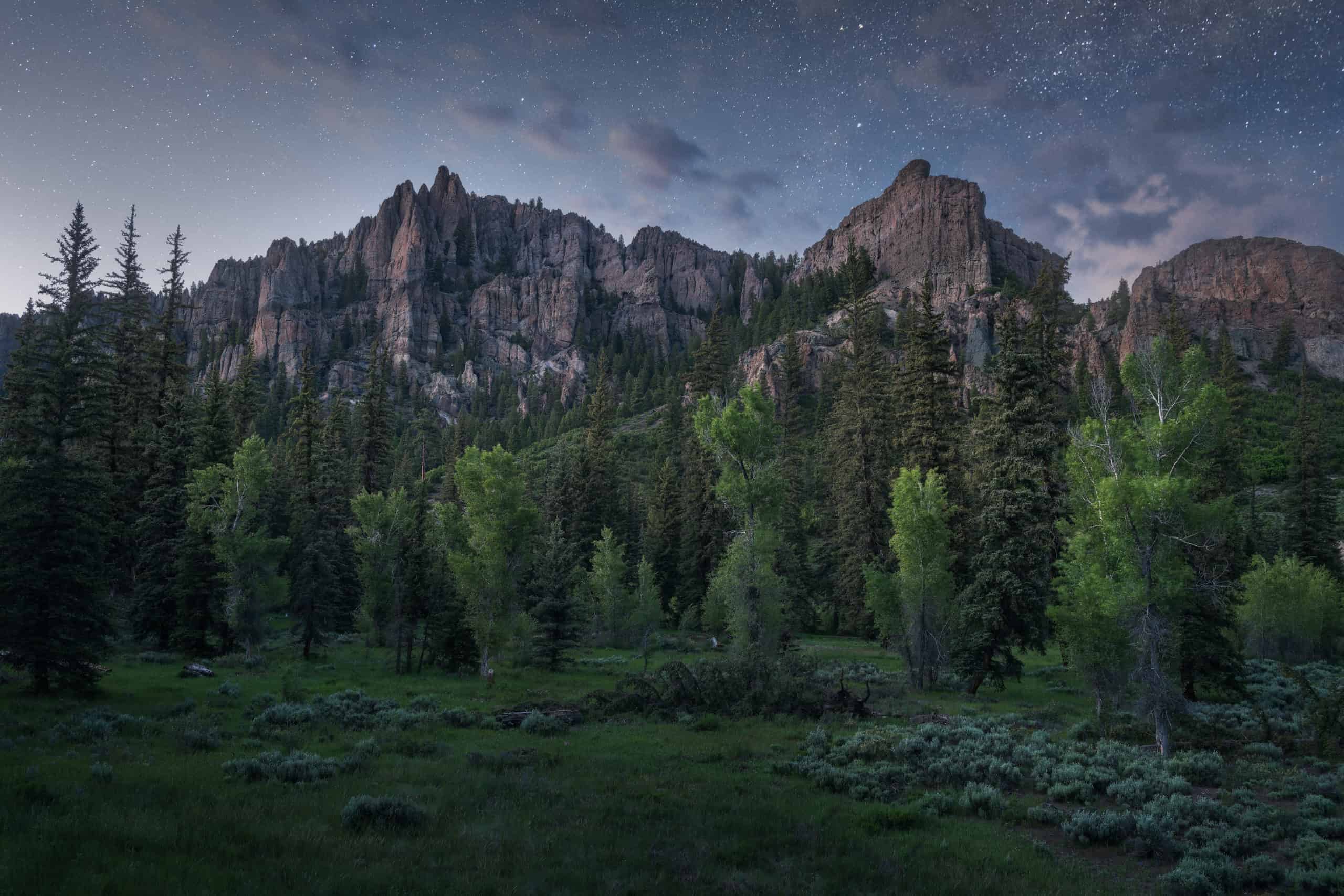Share this article
Roadless areas provide habitat for vulnerable species
In January 2021, the Biden Administration committed to protecting 30% of U.S. lands and oceans by 2030, based on a wider goal the United Nations set to protect about a third of the planet. But currently, only a maximum of about 13% of land is protected in the U.S., according to one source.
But what if the administration committed to protecting all the roadless areas in national forests? How would that help the United States meet its conservation goals?
There are 2,481 roadless areas inventoried in national forests in the contiguous U.S., covering about 40 million acres of land in 37 states. These areas are temporarily protected through the 2001 Roadless Rule, which prohibits road construction and timber harvesting on many areas without roads. But as seen with the Alaska Roadless Rule in 2020, which removed protections for about 9 million acres of the Tongass National Forest, the roadless areas are in something of an “administrative purgatory” right now, said Matt Dietz, lead ecologist of the research department of The Wilderness Society. “There are calls to both protect and to downgrade them.”

The White River National Forest in Colorado. Credit: Mason Cummings/The Wilderness Society
While these lands only represent a small proportion of land in the lower 48 states, protecting roadless areas would result in an outsized protection for vulnerable species, according to new research.
“Even though roadless areas only make up 2% [of land in the lower 48 states], they contain the habitat of 57% of vulnerable species,” Dietz said. “When we’re looking at the administration’s goals to protect 30% of the land by 2030, these are prime candidates.”
In a study Dietz led recently in Global Ecology and Conservation, he and his co-authors set out to determine how much roadless areas in the inventory of the U.S. Forest Service overlapped with the ranges of vulnerable species.
The U.S. Geological Survey has fine-scale data on 1,719 terrestrial wildlife species that occur in the lower 48 states. Dietz and his team broke this down to the 537 species that were listed as endangered, threatened or as a candidate for listing under the U.S. Endangered Species Act. They also included species listed as threatened or vulnerable by NatureServe, a nonprofit organization that tracks North American biodiversity.

The Curecanti National Recreation Area in Colorado. Credit: Mason Cummings/The Wilderness Society
The researchers determined what proportion of these species’ ranges were included in Forest Service roadless areas. The researchers found that every single roadless area provided habitat for at least two species of conservation concern. On average, roadless areas contained some habitat for 10 species. The roadless areas also encompassed wildlife diversity hot spots such as the Tumacacori Inventoried Roadless Area in Arizona, which included parts of the range of 62 vulnerable species.
Overall, the researchers found that 308 of those species of conservation concern—or 57% of the species—used at least some habitats in the roadless areas.
The analysis also revealed that some wildlife species are extremely dependent on roadless areas. For example, 50% of the relictual slender salamander (Batrachoseps relictus) range is in roadless areas, while 39% of the Mt. Pinos lodgepole chipmunk (Tamias speciosus) range is there.
Only 17% of brown bear (Ursus arctos) range occurred in roadless areas, but the animals were found in 215 of them.
Dietz said that if all roadless areas were added to the total formal protected areas in the U.S., 38 species of conservation concern that are poorly represented in protected areas would then be at least moderately represented.
Formally protecting these roadless areas may not only conserve species currently found there, but Dietz said it may also allow previously extirpated species to return in the future, either through natural recolonization or through reintroduction efforts.
For example, the last woodland caribou (Rangifer tarandus caribou) in the lower 48 states was removed from the wild in 2019. Dietz said the roadless areas where the last herd were found was hit hard by logging roads and habitat loss. If caribou were ever to thrive in the area again, those areas would need protection.
The only potential shortcoming of using roadless areas to meet the overall goal of protecting 30% of land in the U.S. by 2030 is that they mostly encompass forested areas, Dietz said. Other efforts would need to be done to protect grasslands, wetlands, deserts and other biomes.
Header Image: The Gunnison National Forest in Colorado. Credit: Mason Cummings/The Wilderness Society








